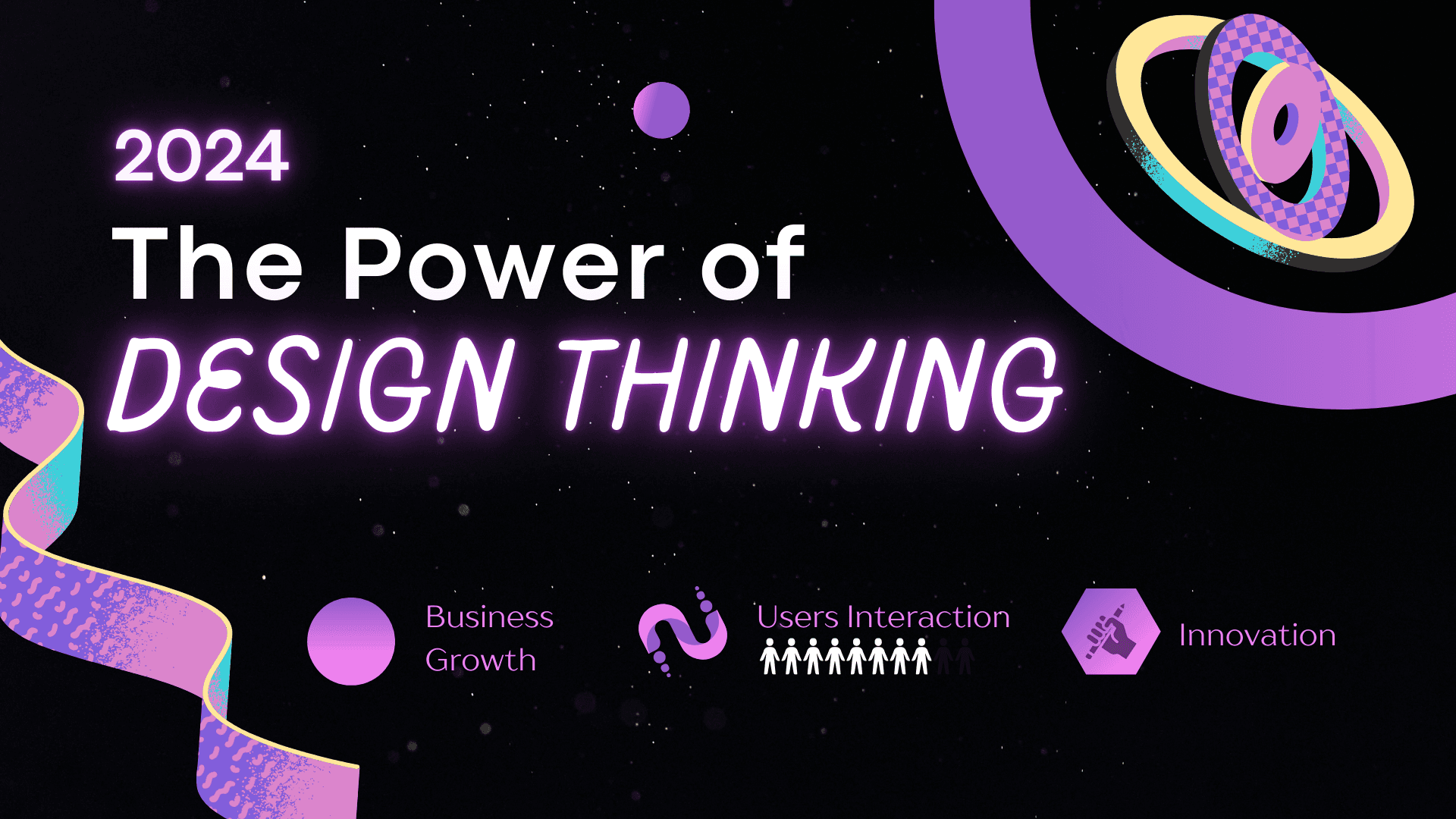
An agency are always searching for fresh ideas to stay ahead and adapt to changes in the business world. A common approach is design thinking. This method looks at what users and customers need in order to fix problems. You can read the article about how design thinking is a guide for success. It encourages creativity, promotes new ideas, and helps businesses create solutions that really connect with their customers.
What Is The Core Phases of Design Thinking ?
1. Empathize: The first step involves gaining a deep understanding of the end-user needs, experiences, and challenges. This is done by watching closely, gathering information, and spending time in the user’s surroundings.
2. Define: The information gathered during the empathy stage is then synthesized to define a clear and actionable problem statement. This clear problem is important because it helps direct the design work and ensures the team is tackling the right issue.
3. Ideate: With a clear problem statement in hand, the team members moves on to brainstorming. Ideation is about generating as many ideas as possible without judgment. For example, they could experiment with using earthy tones and clean, sans-serif fonts to evoke a sense of simplicity and eco-friendliness. This phase encourages creativity and allows team members to think outside the box, leading to innovative and sometimes unexpected solutions.
4. Prototype: After selecting a few promising ideas, the next step is to create simple, low-fidelity prototypes. These are tangible representations of the ideas that can be quickly tested and iterated upon. Prototyping allows teams to assess how ideas function in practice, while also pinpointing potential flaws or areas for improvement, before committing significant resources.
5. Test: The final phase involves testing the prototypes with real users to gather feedback, which is a very beneficial step. This stage is crucial for understanding how well the solution meets the user’s needs and whether any adjustments are necessary. Testing is often an iterative process, with prototypes being refined and re-tested multiple times.
Why Design Thinking Matters in Business
1. Enhanced Innovation: By encouraging a wide range of ideas and focusing on customer needs, design thinking opens the door to breakthrough innovations. Companies that embrace this approach are better equipped to develop products and services that stand out in the market.
2. Improved Customer Experience: At its core, design thinking is about understanding and addressing the needs of the customer. This results in solutions that are easier for users to navigate and better match what customers expect, which improves the overall customer experience.
3. Faster Time-to-Market: The iterative nature of design thinking allows businesses to quickly develop and test prototypes, leading to faster product development cycles. Being quick to adapt is very important in today’s fast-moving market because companies can gain a big advantage by being the first to sell their product.
4. Cross-Functional Collaboration: Design thinking fosters collaboration across different departments, bringing together diverse perspectives and expertise. This teamwork helps make sure the solutions are complete and take into account different parts of the business.
5. Risk Mitigation: By testing ideas early and often, design thinking helps businesses identify and address potential issues before they become costly mistakes. This reduces the risk associated with new product development and increases the likelihood of success.
Real-World Examples of Design Thinking Success
Several leading companies have successfully implemented design thinking to drive business success:
Apple: Apple’s emphasis on design and user experience is a prime example of design thinking in action. The company products are known for their intuitive interfaces and sleek designs, which are the result of a deep understanding of customer needs.
IBM: IBM has embraced design thinking as a core component of its business strategy. By integrating design thinking into its culture, IBM has been able to develop more user-centered solutions and enhance its overall innovation capabilities.
Airbnb: Airbnb used design thinking to transform its platform and improve the customer experience. By focusing on empathy and understanding the needs of both hosts and guests, Airbnb was able to create a more seamless and enjoyable experience for its users.
Conclusion
It is a way of thinking that can change how businesses solve problems and come up with new ideas. Design thinking focuses on putting the customer first and promotes creativity, trying new ideas, and working together. This approach helps businesses succeed in today’s tough market. If you’re making a new product, improving a service, or solving a tough problem, design thinking can help you come up with solutions that go beyond what customers expect.

